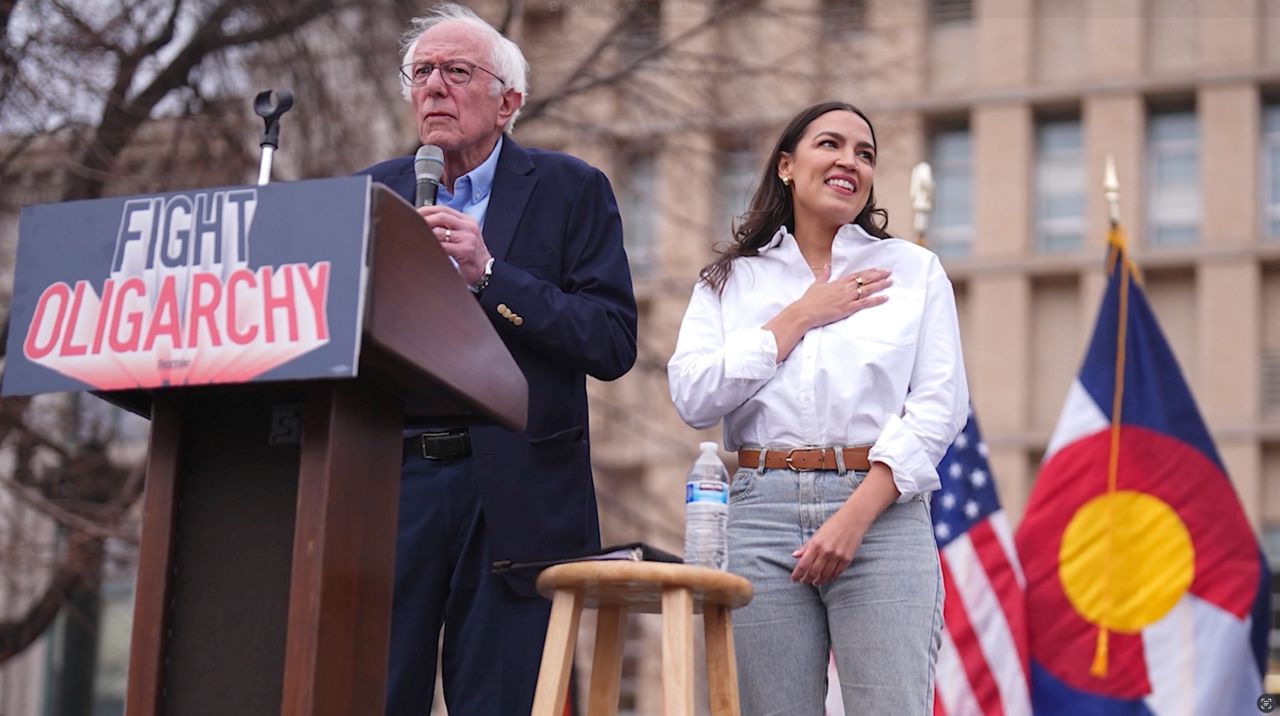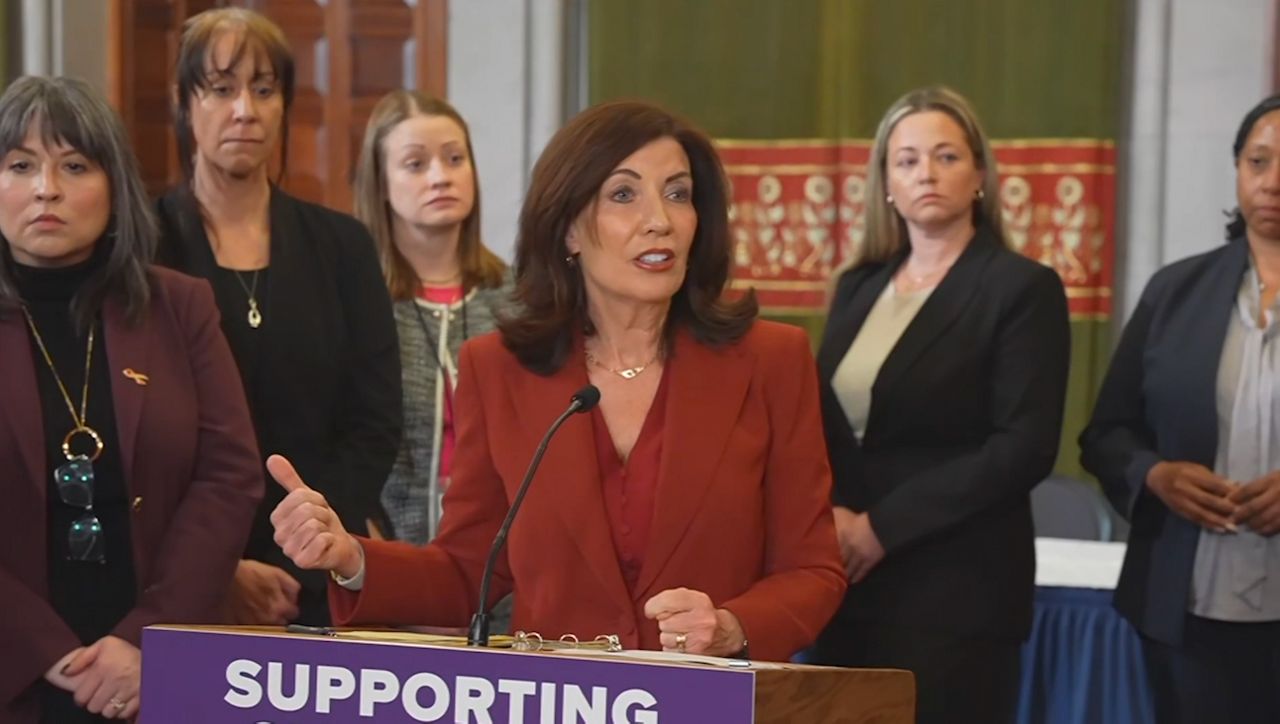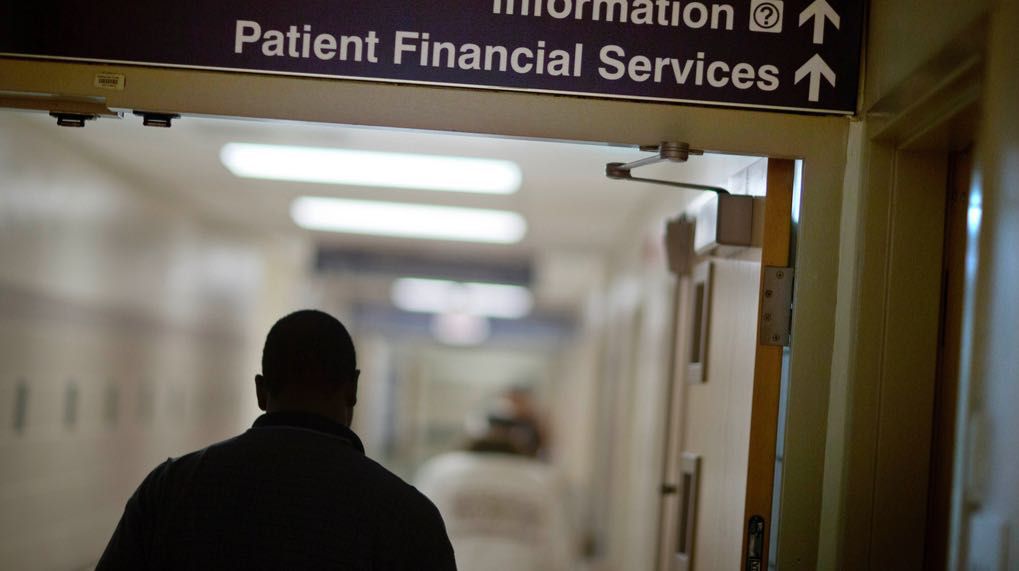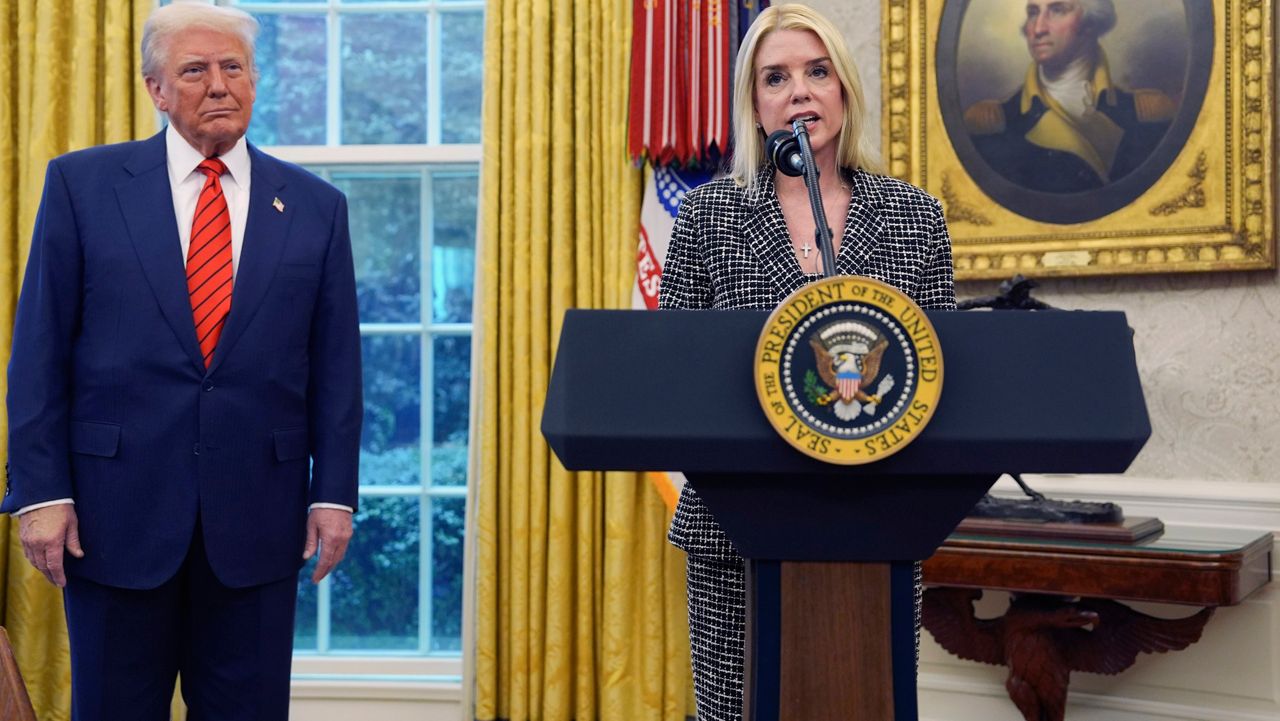Some upstate nursing homes are pushing for changes in how Medicaid reimbursements are handled.
They say the current allocation method disproportionately benefits large downstate nursing homes while hurting smaller facilities already struggling to get by.
“It’s about understanding the difference between equality and equity,” said Joseph Murabito, president of Oswego-area nursing home operator Elemental Management Group.
When it comes to proposed Medicaid rate increases provided in both one-house budgets, Murabito said transitioning from using a percentage figure for reimbursements for services to using what is called a flat dollar distribution rate would boost the amount struggling facilities receive.
He said upstate, nursing homes in cities and rural areas are struggling with skyrocketing costs and outdated reimursment rates, while downstate, larger facilities with more resources and more patients on Medicaid are able to turn a profit.
“You’re recognizing that there are a large group of facilities across the state that have a high level of need that need more focus or attention,” he said. “That $26 or $27 is going to help them out a lot.”
He says smaller upstate facilities rely heavily on Medicaid funding, arguing that if a percentage figure is used as is currently the case, those larger nursing homes with higher profits and more Medicaid patients will receive the same percentage of their Medicaid rate as a smaller facility with a lower rate, resulting in a significant disparity.
He stressed that a flat dollar rate for all facilities would help those most in need while still providing an increase for larger nursing homes.
“You have facilities that are being reimbursed $350 a day plus, over $350 a day,” he said. “There are facilities out there receiving medicaid reimbursement of less than 200 dollars a day."
What do other upstate operators have to say? Brian Nealon, CEO of the Wesley Community in Saratoga Springs, told Spectrum News 1 that in general, he agrees.
“For upstate facilities, a flat dollar amount would be more beneficial than a percentage increase,” he said.
That said, he argued that with a large downstate influence in the state Legislature and general unawareness of the complexities of the issue, this year’s budget isn’t the time to make the change.
“It needs to be a year long education process of the Legislature, as well as the governor and folks in the division of budget and the department of health,” he said.
Both stressed the importance of rebasing, which means updating Medicaid rates to reflect changes in the relative cost of different procedures over time. Last done in 2007, they say it is critcial in keeping these facilities open to provide services to their communities.









